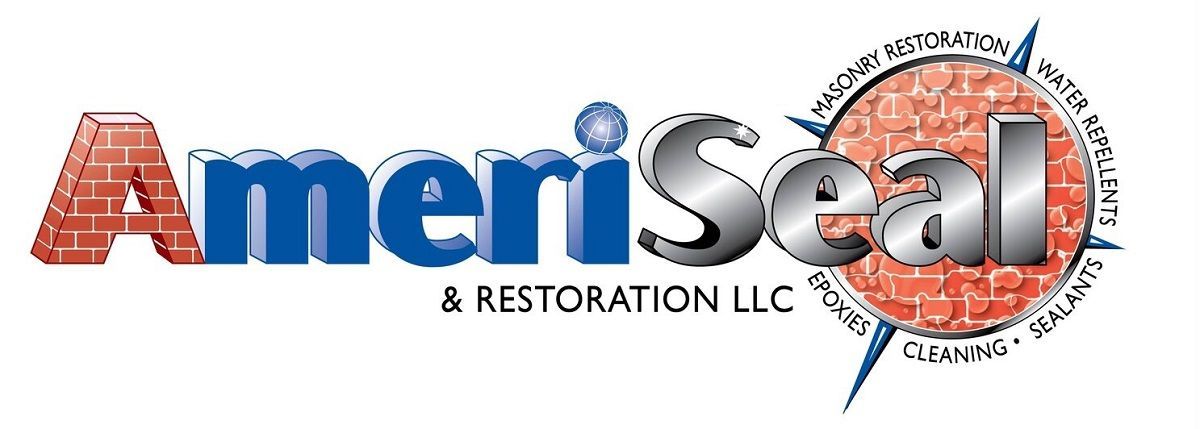BUILDING MAINTENANCE
Building Maintenance by Ameriseal - Repair small issues before they become big problems!
We have all seen demolition videos, the final count is given, the crowd waits for the final go ahead and BOOM! Steel and iron support beams are blasted away and the building crumbles down, in hopefully, a planned and managed fashion.
Demolitions are done when the building is beyond all hope, and the damage its sustained is too great and too costly to return the building back to a functioning state. This happens when the owners and maintenance crew let small issues turn into big problems, remember,
repair is always cheaper than replacement!
This scenario with the demolition
could have been avoided with building maintenance services by Ameriseal and Restoration! We inspect properties all over Ohio, West Virginia, and Pennsylvania, looking for cracks in the facede that lead to water damage, brick and morter deterioration, failed caulking of joints around windows or control joints in the masonry, and more.
The boots-on-the-ground working staff are often the first to notice damage to a building, a crack here and there or a brick that's wobbly because of deteriorated mortar. As this information is reported up the chain, that's where Ameriseal and Restoration comes in.
When called to inspect a masonry issue, our team of brick and stone experts not only look at the problem area, but at other spots where we know damage tends to occur. Our eyes catch what others with less expertise in masonry may miss, we know the warning signs that lead up to the problems that are reported to us and we will make you aware of them too after our inspection.

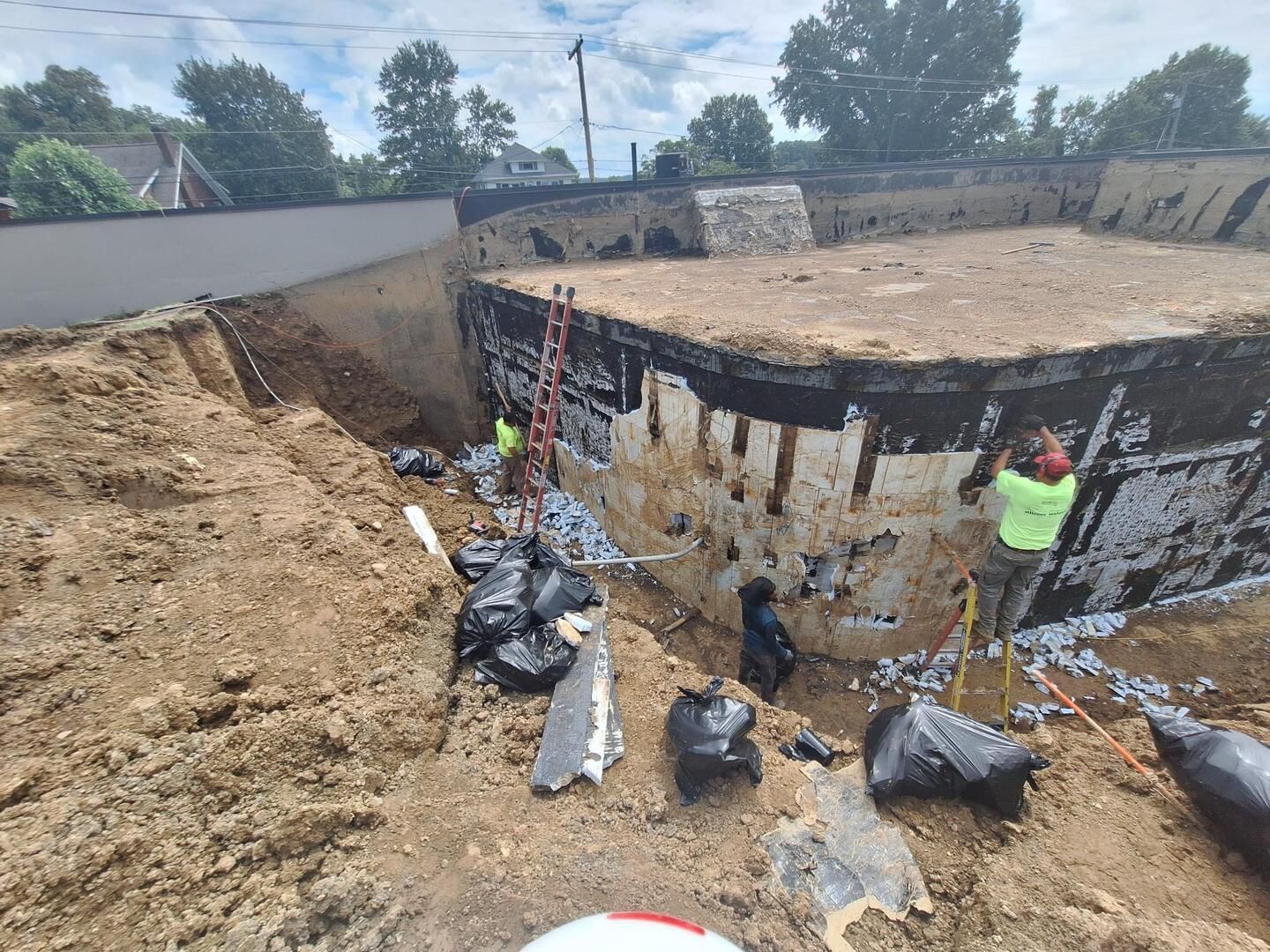
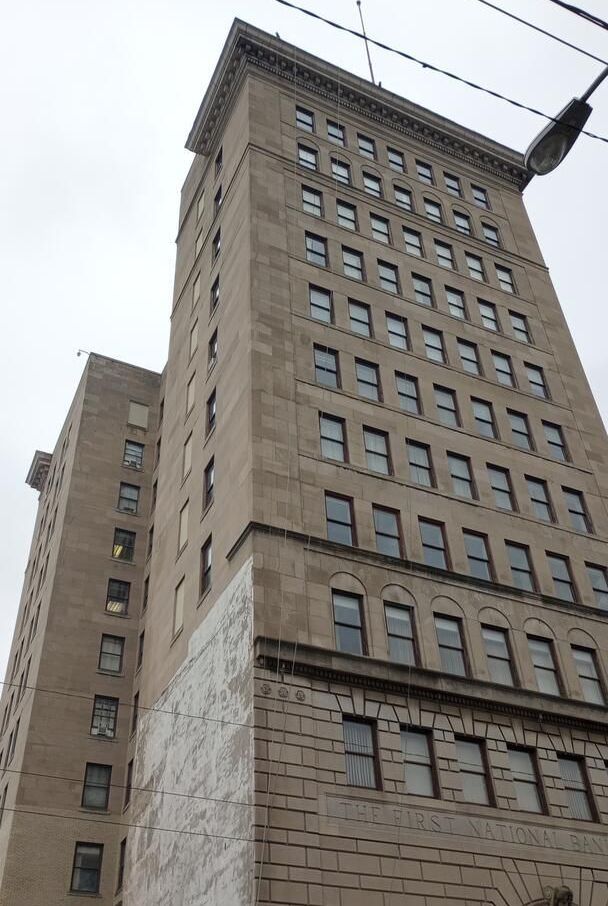
What types of surfaces does Ameriseal inspect?
Brick - Brick surfaces are hardy, they are durable and extremely long lasting, which makes brick a popular choice for building facades and homes. Brick comes in many different colors and styles, making it a good choice when wanting to stand out. Brick can last for over 100 years with proper care, maintenance, and upkeep.
Concrete - Concrete is one of the best inventions of mankind, its highly durable, strong, and holds up well in weather related events. Concrete is adaptable for use in all sorts of designs. Concrete can also be broken down and recycled into new concrete that is proven to be just as good as the original, with the added bonus of being sustainable.
Stone - Stone is the oldest building material known to mankind, it has been used for building since the beginning of time and is widely used today for its versatility, strength, and durability as a building material. Stone gives a natural luster to any surface where it is used.
Mortar - Over time mortar develops micro-cracking and should be chipped out and replaced in deteriorating spots. Highly damaged sections may have mortar missing entirely. Bricks and stones can become lose due to mortar breaking down and this will allow water get into the area, causing a cycle of damage. Repointing is required to make the repairs to the mortar.
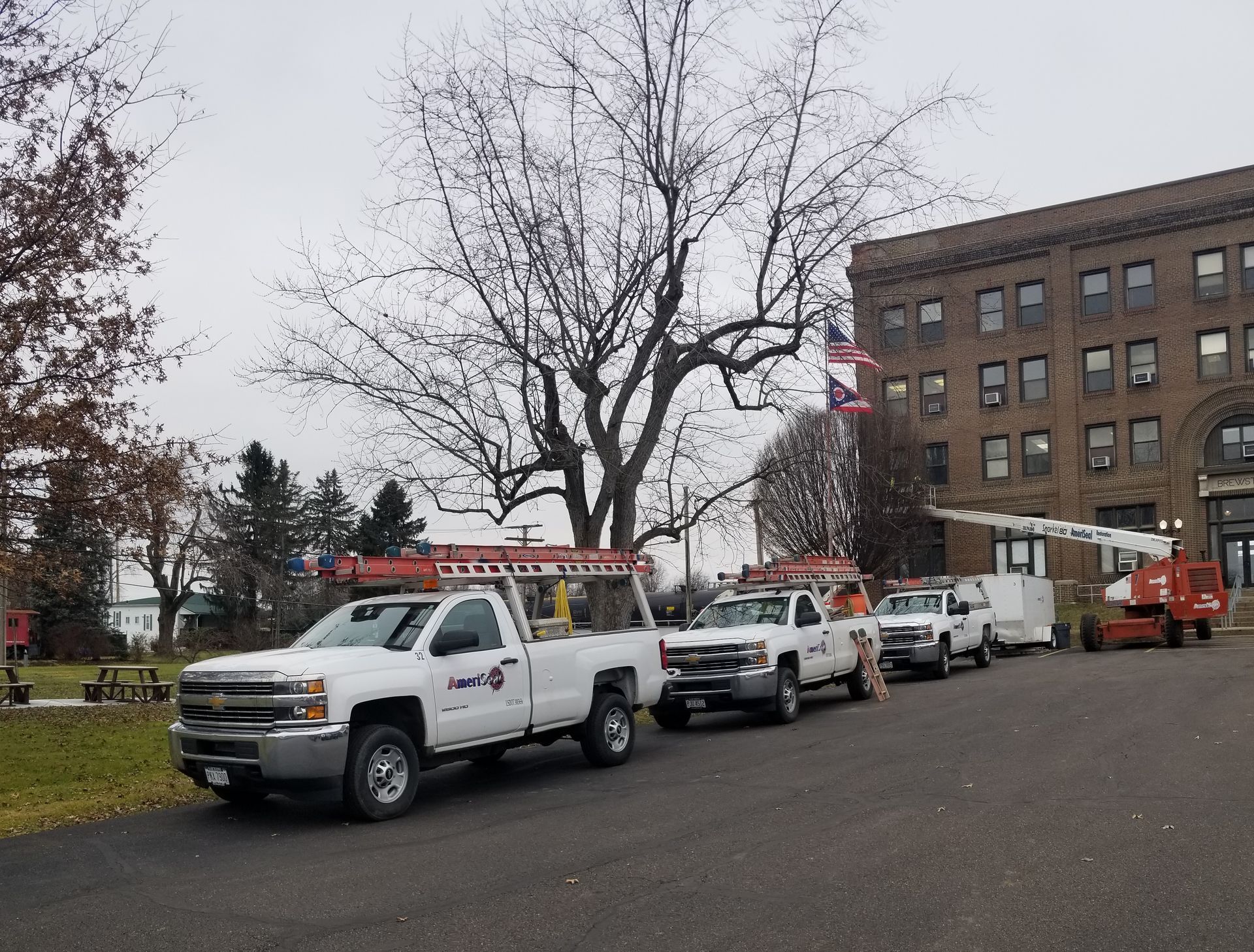
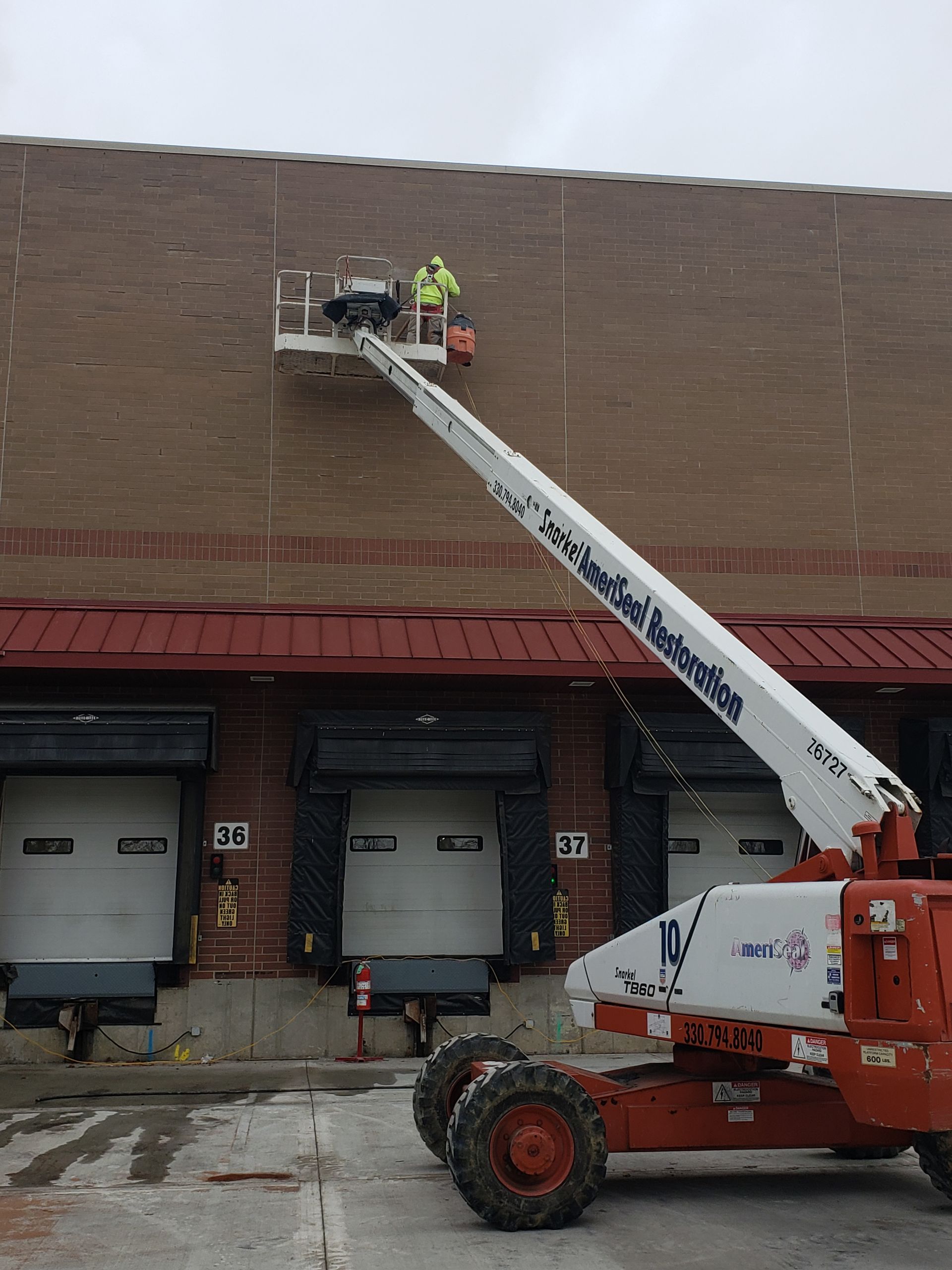
What is Ameriseal looking for during a building inspection?
- Cracking, loose chunks, or spalling in brick, concrete, and stone:
Cracking can represent a larger problem and may mean that there is underlying structural damage. The direction of the crack (up, down, or stair-stepped) often determines the cause of the damage. It is just as important to fix the cause of the problem, as it is to fix the visible damage, or the problem is all but guarenteed to return.
Loose Chunks that are undamaged can often be fixed by repointing the mortar and placing the brick or stone back into place, but a broken brick or stone will need to be swapped with a new, color matched replacement. Concrete can only be patched by cutting out the bad section and replacing it with new material.
Spalling detracts from the natural look of the brick, stone, or concrete and is a sign that water is getting to the materials and maybe behind the facede. Water that is able to absorb into the brick is more concerning to us than the chip caused by spalling, and must be addressed to stop the issue from happening again and again.
Mortar replacement at The William McKinley Memorial in Canton, Ohio
- Deteriorated mortar joints or hairline cracks in mortar:
Mortar joints will deteriorate over time, and will need to be chiseled out (or cut out with power tools like the video above) and repointed, which is the technical term for replacing mortar. Color matching is important, so that the new patch of mortar doesn't stand out.
Hairline cracks
in mortar may appear to just be superficial damage, but the smallest crack in the seal of the facede will allow water to enter and then start its rampage of destruction. Water may cause rust to support beams behind the brick, it can seep into the inner space of buildings and cause wood and drywall damage, and water also brings mold. Mold can cause health problems in some individuals and a musty smell indoors.
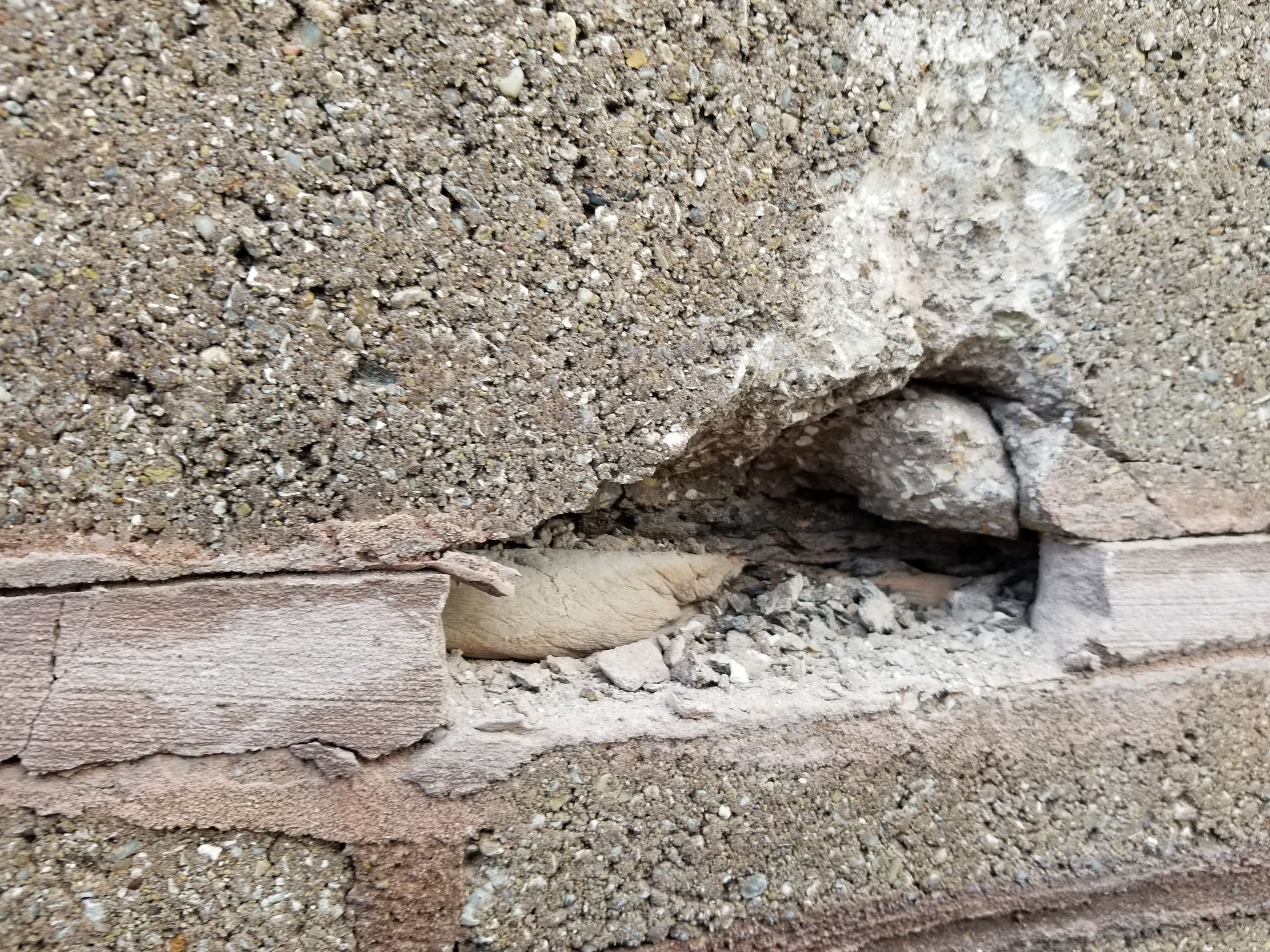
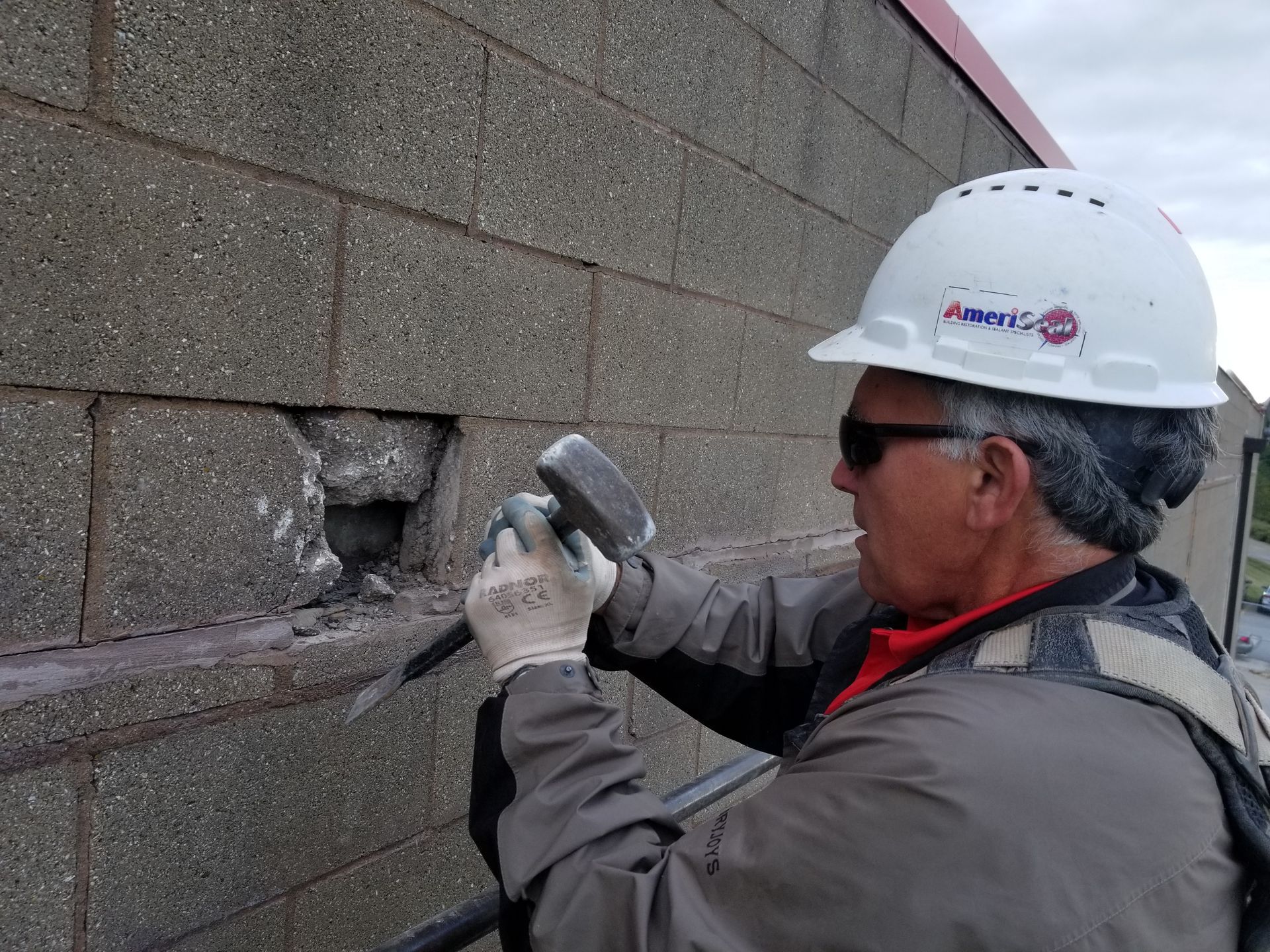
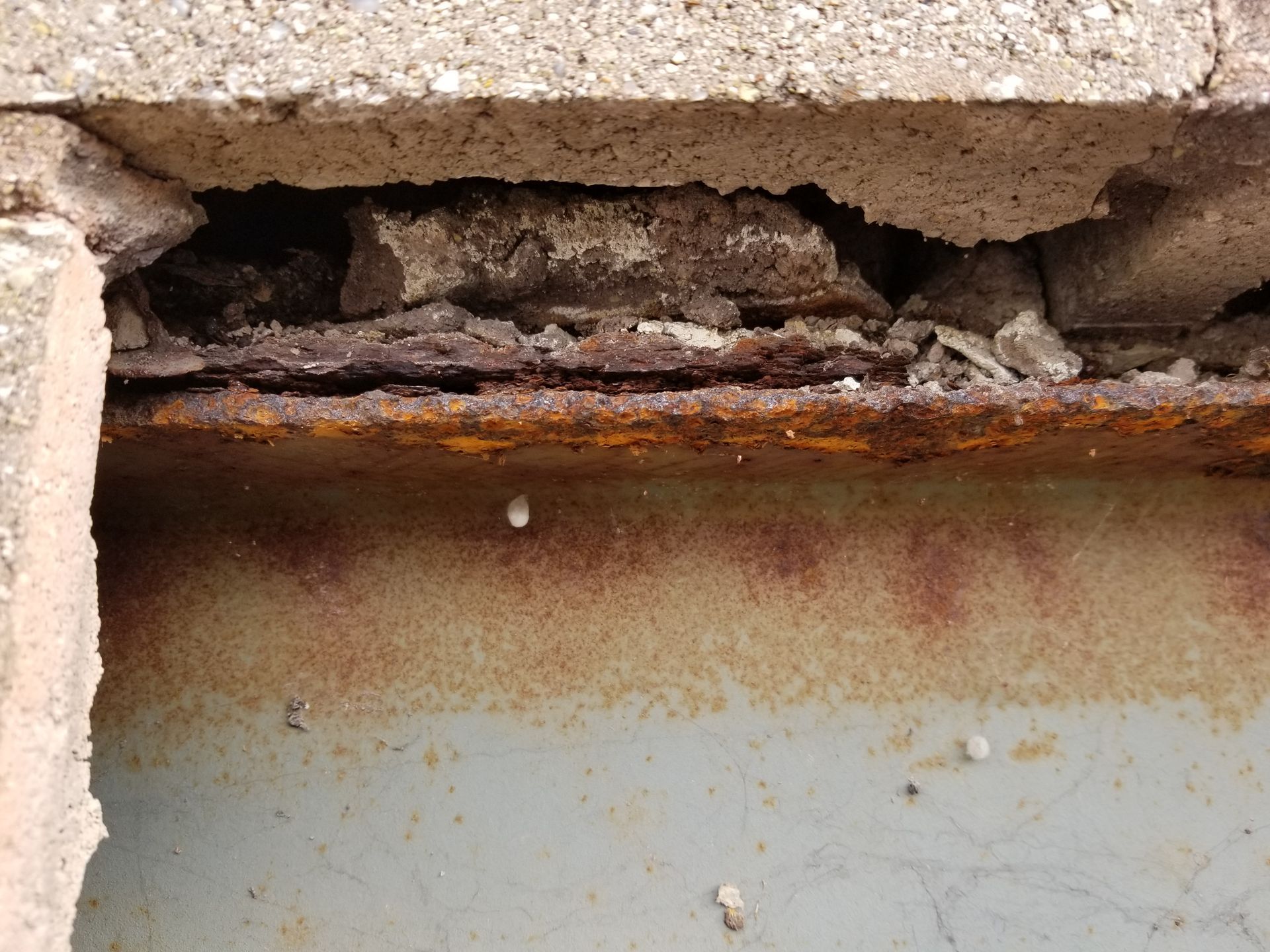
- Clogged or unpresent weep holes:
Weeps are appropriately named drain spouts that appear at the bottom of brick walls. They allows an exit path for water that has accumulated behind the brick. These often become clogged with moss, dirt, or other plant life and need to be unplugged. On some buildings they're missing entirely!
- Tilting in or out of plumb:
Tilting brick, stone, or concrete walls, aka walls that are out of plumb (not exactly vertical) can point to foundational issues, water damage, or other causes that must be diagnosed on-site. Walls that are tilting far enough to offset the center of gravity are considered dangerous and must be taken care of to avoid damage to property and people.
- Staining and Efflorescence:
Staining of brick is fairly common and can be caused by many common sources - hard water, mold, plants, bird droppings, de-icers, compounds high in acididy, etc. This is a more visual damage usually, but in the case of water induced rust and compounds high in acidity, the brick can take actual damage.
Efflorescence is a particularly annoying type of staining because if not cleaned properly, it comes right back! It is caused by salts in de-icers, and leaves a white, evaporated, ring-like pattern on brick. Efflorescence is caused when brick walls absorb the water created by melted ice and mixed with a deicing agent, the water then evaporates and leaves the salt behind. De-icing salts are responsible for salt-induced decay of brick, and are know to break down the corners and edges of the bricks.
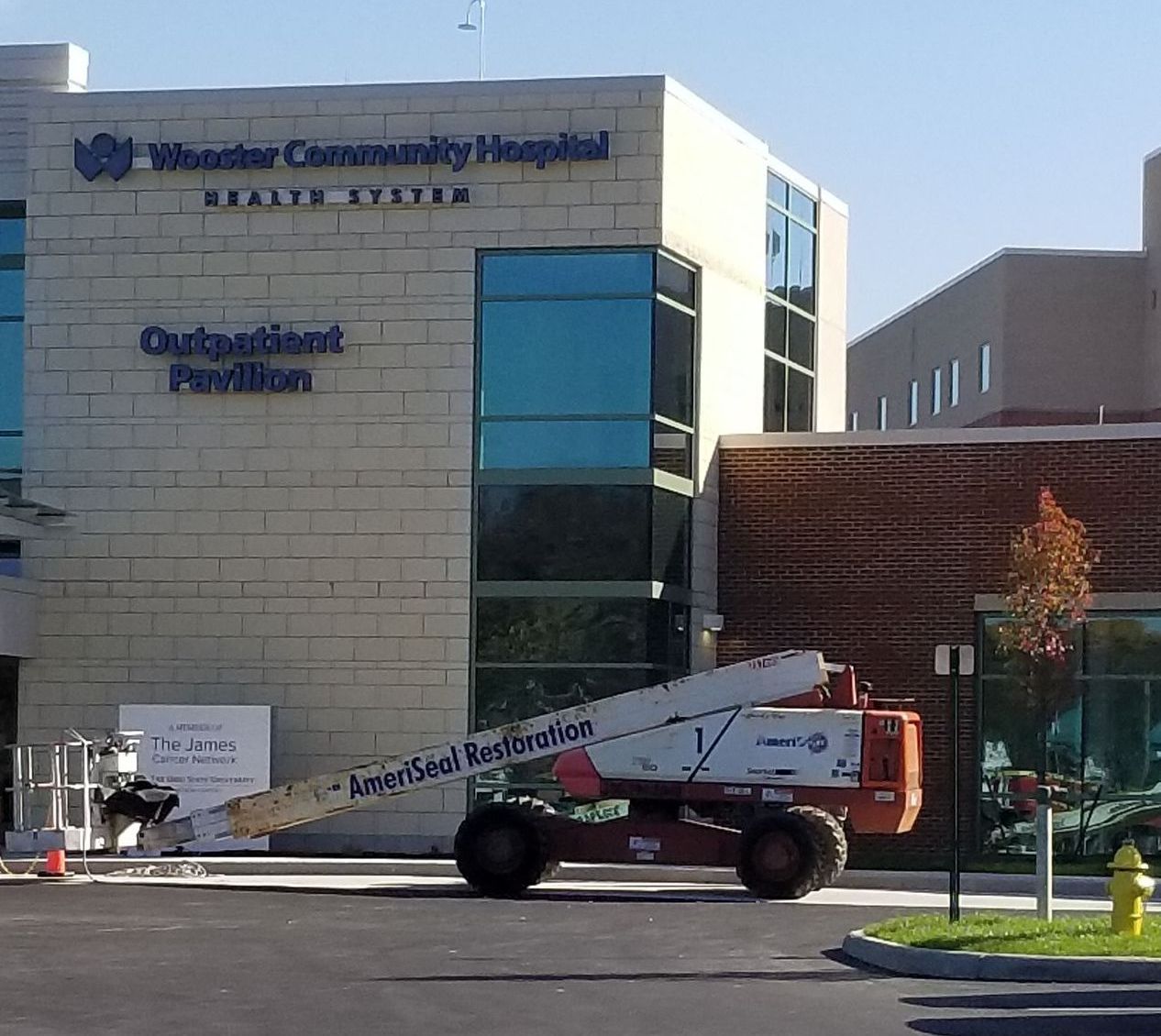
- Water penetration:
Water penetration is the number one cause of damage to brick, stone, and concrete. It is responsible for a host of damages: rust (to metal supports underneath), bowing, displacement, cracking, and spalling. Its important to always check for cracking, even micro-cracks, and to repoint when needed to reduce damage to your masonry.
If you suspect that your building requires maintenance, or you know of damaged areas in need of repair, give Ameriseal and Restoration a call, 330-794-8040. We understand stone, brick, concrete, and masonry as a whole, and can restore your building back to new again, keeping it lasting for decades to come. Send us a message at anytime after hours and we will respond first thing the next business day.
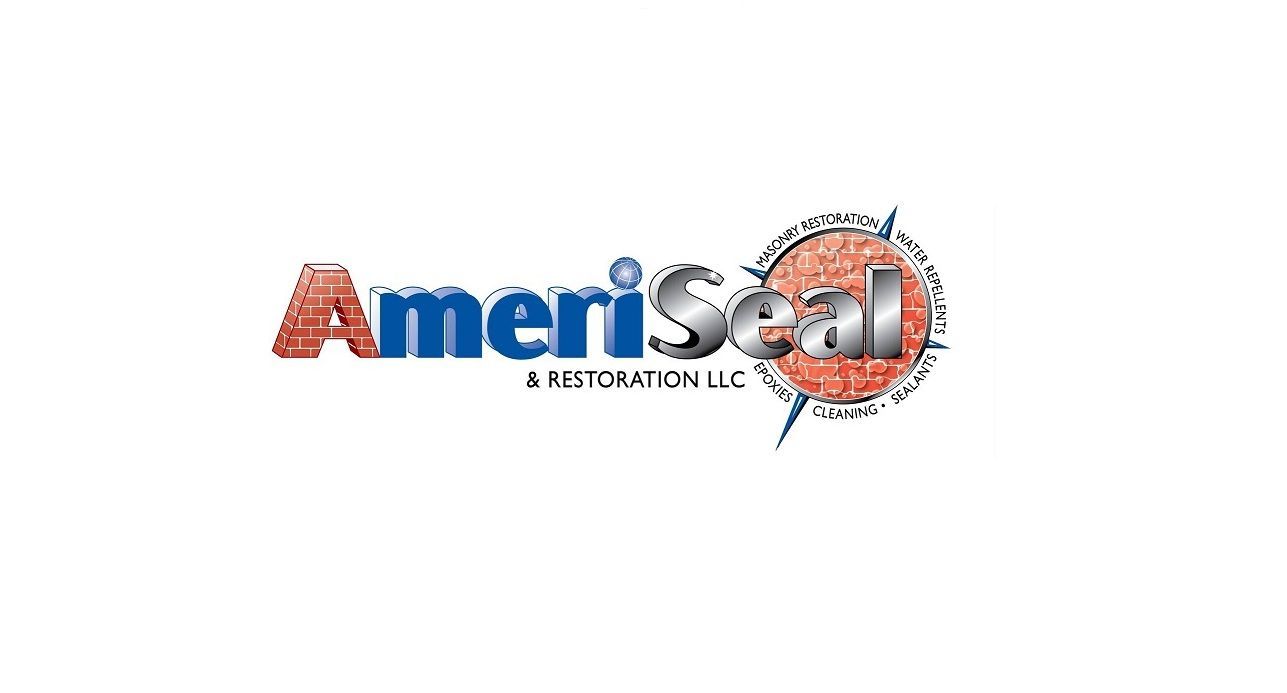
Monday - Friday 7am - 4pm; Closed Weekends
AmeriSeal and Restoration | All Rights Reserved | (330) 794-8040 | 685 High Grove Blvd Akron, OH 44312
Site Design: Ally Digital LLC
